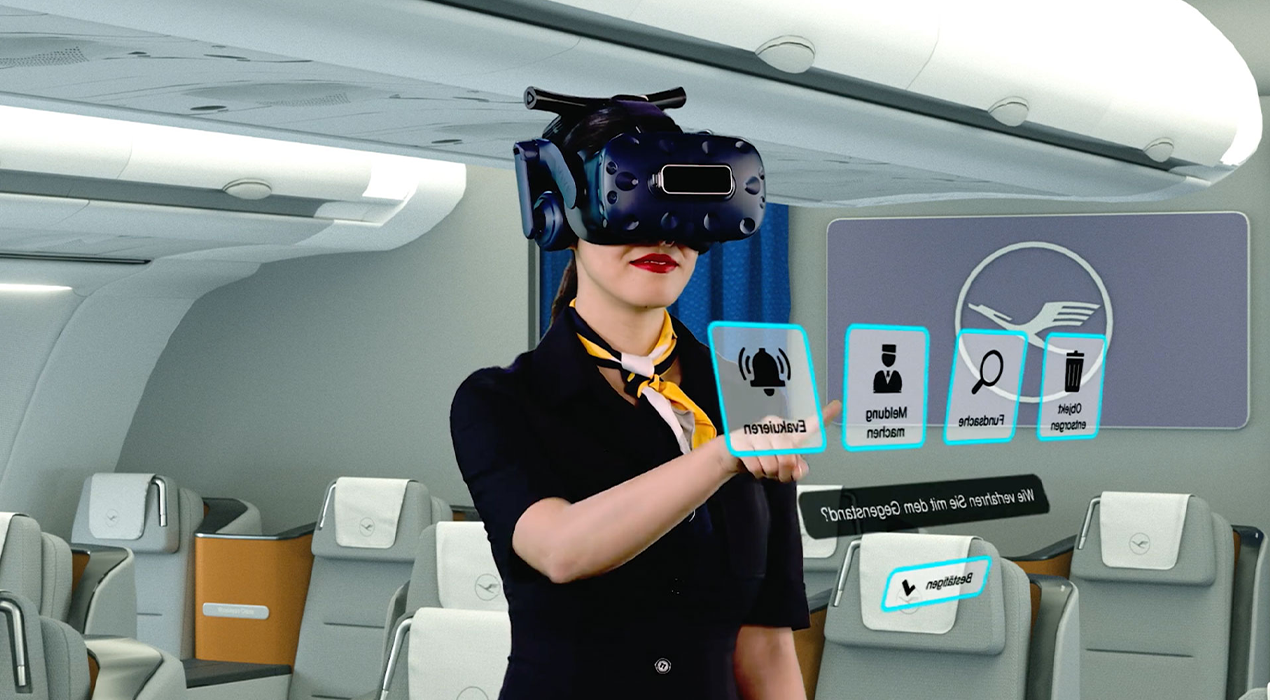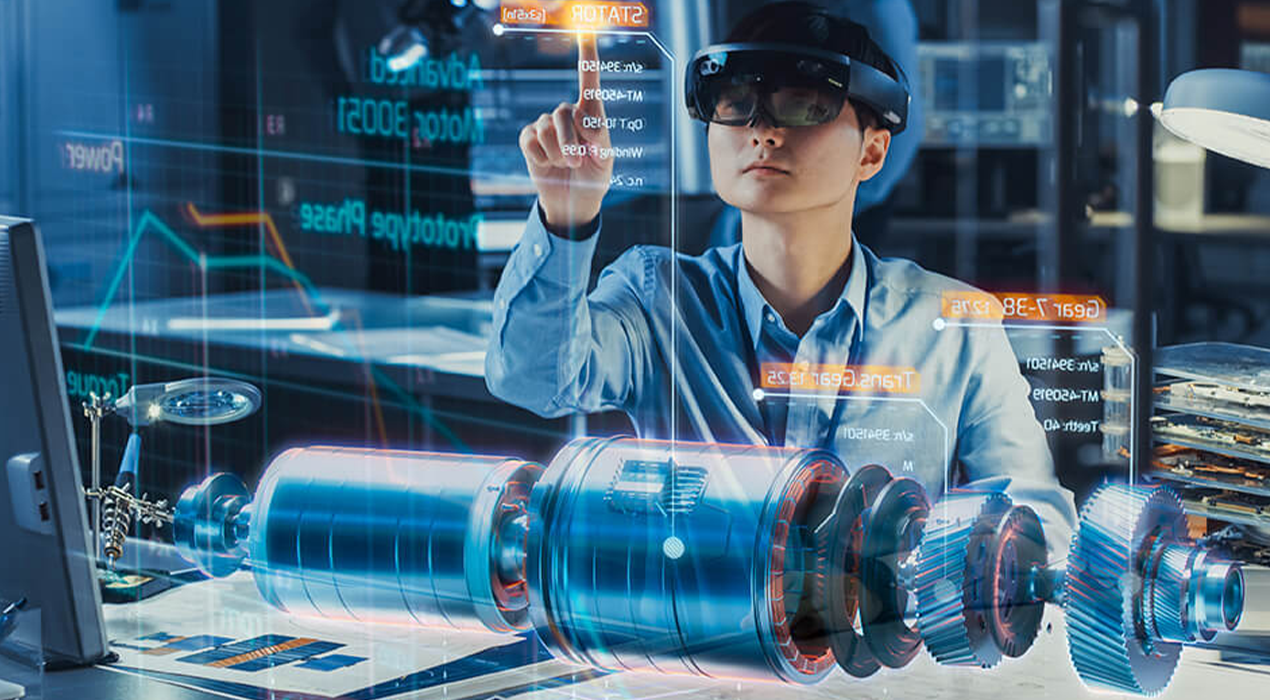
As India’s aerospace sector rapidly advances, immersive technologies like Augmented Reality (AR), Virtual Reality (VR), and Mixed Reality (MR) are emerging as game changers. These tools are no longer futuristic they are already streamlining processes, improving safety, and accelerating innovation for both ISRO and private players like Tata.
Use Cases of AR/VR/MR in Space Exploration
1. Mission Planning and Simulation
VR enables agencies to simulate entire missions from launch to landing in a safe, virtual environment. Astronauts and engineers can rehearse tasks, prepare for zero gravity, and minimize human error.
2. Assembly and Maintenance
MR provides real-time 3D overlays using AR glasses, guiding technicians step by step in spacecraft assembly and repairs. This improves efficiency, accuracy, and reduces costly mistakes.
3. Remote Collaboration and Exploration
With VR, teams across the globe can collaborate in real time, explore spacecraft designs, or even simulate spacewalks without being physically present. This opens doors for ISRO and companies like Tata to partner seamlessly with global innovators.
4. Data Visualization and Analysis
AR and VR make it easier to visualize complex spacecraft data such as telemetry, enabling scientists to interpret information quickly and make faster, informed decisions.
Benefits for ISRO and Indian Private Players
- Enhanced Training – Immersive simulations allow astronauts and engineers to train for high-stakes scenarios safely, improving precision while reducing costs.
- Increased Collaboration – Private players such as Tata can leverage AR/VR/MR to collaborate with ISRO or international partners, boosting R&D speed and innovation.
- Faster Innovation – By designing, prototyping, and testing spacecraft virtually, Indian companies can stay ahead in the competitive global space race.
The Future of AR/VR/MR in India’s Space Sector
Immersive technologies hold immense potential for the future of India’s space exploration. They promise better mission preparedness, more efficient operations, and innovative collaboration. For ISRO and private players, AR/VR/MR could be the key to taking giant leaps in global space leadership.



